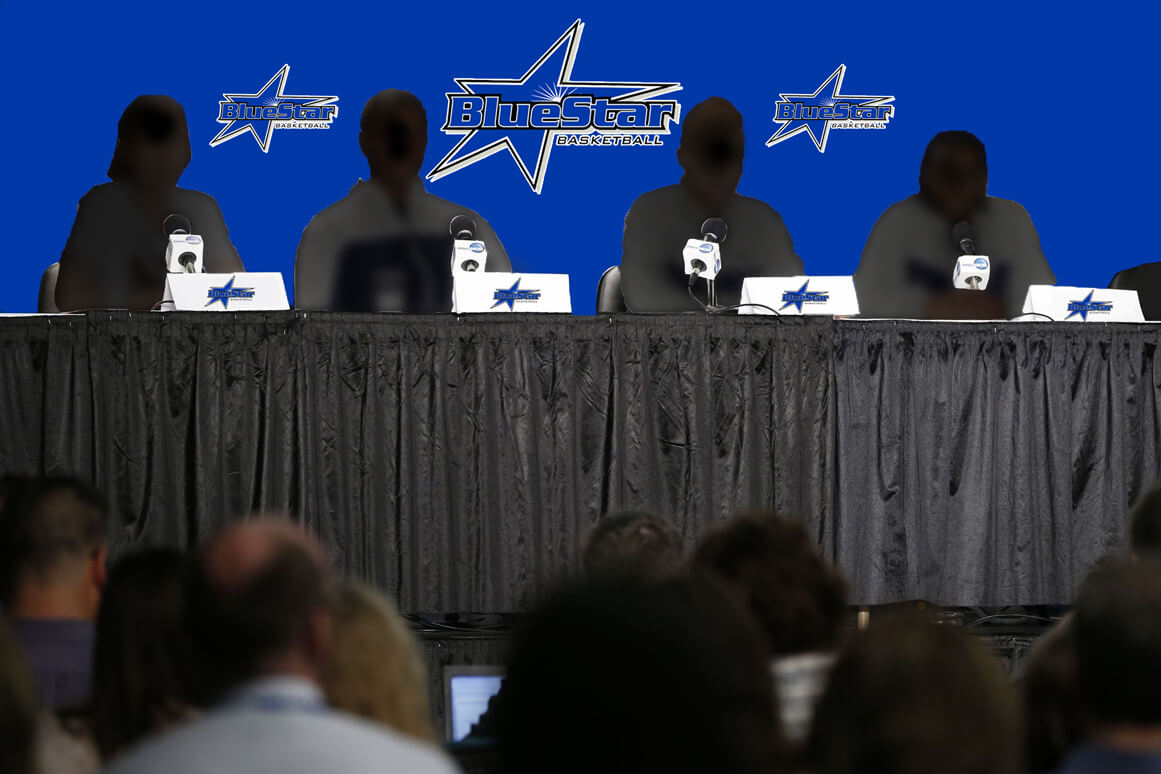Less than a week after the Rio Olympics, the WNBA season resumes, with nearly a month to itself in the American basketball spotlight, and as the league celebrates its 20th anniversary season.
The chance for the women’s league to reconnect with its own fan base and the female basketball community has never been better.
And by that, I mean the chance to really sell itself as a basketball product. For much of the first part of the WNBA season, the league generated headlines for reasons unrelated to the game on the court.
The precision passing, teamwork and spirited, high-energy style of the gold-medal-winning U.S. women’s Olympic team prompted plenty of praise from basketball fans during the Rio fortnight.
Compared to the men’s American team, which at times struggled with uninspired, ragged play, Geno Auriemma’s women played as his UConn teams do: relentlessly cutting, screening, passing, moving without the ball, with tenacious all-in defense and total unselfishness.
The way the U.S. played the game was just as impressive as how Diana Taurasi, Maya Moore, Brittney Griner and company destroyed some really good teams, including silver medalist Spain and 2015 European champion Serbia, the impressive bronze medalist.
What Team USA displayed was a thing of beauty, as a lot of coaches of male basketball, and male writers more familiar with men’s college hoops and the NBA cooed on my social media timelines. For basketball purists and diehards, what the American women provided was something they say they don’t see enough.
The sheer dominance of the U.S.—winners of six consecutive gold medals and a 49-game Olympics winning streak—is due in large part to the creation of the WNBA and the emergence of women’s professional basketball around the world, as well as the full-time commitment of USA Basketball starting with Atlanta in 1996.
Bottling up what these 12 American women did in Rio will not be easy for the WNBA, and not just because they are dispersed on rival teams. Ever since the WNBA started, it has paused in an Olympic year, each time hopeful of getting a post-Olympics “bounce” to take it into the culmination of its season, just as the American sports calendar begins to get crowded.
While it’s always been hard to compete with college and pro football and the NBA, what the WNBA really needs to accomplish with the time left in 2016 is to reconnect with basketball fans, and especially its core audience.
The female basketball community that has been busy with summer/travel team/AAU events is now easing into pre-season mode at the high school and college level. Recruits will be visiting, and be visited by, college programs in the fall, ahead of the November signing day. There’s never a down time any more in this sport, but as the summer fades with the return to school, this is when young players ought to be tuning in.
These are the very best players in the world, and what better way is there to see how they work (to borrow a WNBA promotional phase) while admiring what they do.
How many of these girls and young women might be watching the WNBA is hard to say, but that’s been the case all along. For all of the moaning about a lack of media coverage for the WNBA and women’s sports, getting females to watch women’s basketball has been a troublesome issue for the league all along (as well as the NCAA for women’s college hoops).
Before the current season, Indiana Fever president and general manager Kelly Krauskopf estimated in an interview with Sports Business Journal that around 47 percent of the WNBA’s in-game fan base is female, a number that has dropped off considerably since the league’s inception in 1997.
She also said some other noteworthy things in that piece, including striking a balance between promoting the WNBA as a cause and as sports entertainment, another perplexing issue that took on a new tenor right before the Olympic break.
Minnesota Lynx players (including Olympians Moore, Seimone Augustus and Lindsay Whalen) wore pro-Black Lives Matters shirts following the shooting death of a black motorist by a white police officer outside Minneapolis. Off-duty police officers doing security work at Lynx home games walked off their jobs in protest. The WNBA fined the Fever, New York Liberty and Phoenix Mercury for violating the league’s uniform policy by wearing BLM warm-up shirts before games in solidarity with the Lynx.
Even Breanna Stewart, the former UConn All-American and Seattle Storm rookie, Tweeted out “There comes a time when silence is betrayal” -MLK @wnba #WewillNOTbesilenced#Blacklivesmatter” and posed with her teammates in all-black clothing.
After plenty of media (and especially social media) outcry, the WNBA rescinded the paltry fines in an embarrassing capitulation to players who rarely have felt powerful dealing with a league that keeps a tight lid on salaries, mandates commercial air travel and severely holds down other expenses. A plan has been implemented by the WNBA to have “community conversations” about issues brought about by the BLM protests.
I won’t begrudge players their right to express concern about what’s happening in society, but I wonder if they realize that unlike most other employees in corporate and other organizational settings, they weren’t facing the repercussions of termination for doing so. And I hope they appreciate being able to speak out at all before they return after the WNBA season to their more lucrative clubs in Russia, China and Turkey, where freedom of speech is treated with government crackdowns.
While the Black Lives Matter movement has become polarizing (especially since investigations into Minnesota shooting, and others, have not been completed), that’s not why I think WNBA players really need to be all about basketball now.
For so much of its history, the WNBA hasn’t quite figured out how to present itself to the public. In more recent years, the league has openly embraced its lesbian and gay fan base, especially with high-profile players coming out (the latest being Olympian and 2015 MVP Elena Delle Donne).
That’s all good and well, and certainly media accounts laud this development, and wonder when it might spread further to the NBA.
But these sorts of things are also have become, to a certain degree, a drawback for the WNBA. It’s not the substance of the issues or what you may think of them, but rather how players are viewed as carriers of certain social messages more than as professional basketball players.
Frankly, many of those touting WNBA players for their BLM stance or for being openly gay aren’t really that interested in the WNBA, or women’s professional basketball, or women’s sports. They’ve found a convenient vehicle to pursue their causes.
For WNBA players who lament about being “invisible” and demand equality in women’s sports—Moore before last season and Stewart at this year’s ESPYs—an undiluted basketball stage is theirs for the next few weeks.
It’s an oft-repeated sentiment that the WNBA and its players “deserve” better, and while I agree, simply asserting this is not enough. The realities of the market-driven sports landscape are significant, and thus far in the 20th season, key WNBA metrics have improved only modestly.
Broadening the appeal of the league remains daunting, but the WNBA has a prime opportunity to recapture some of the magic of the U.S. Olympic team. Tight post-season battles and a new playoff system await. To continue the beautiful, joyous basketball that enthralled in Rio this summer would be the best advertisement the WNBA, and its players, could hope for. It’s within their talented grasp.
Wendy Parker is a sportswriter and web editor who has covered women's basketball since the early 1990s. She is a correspondent for Basketball Times and formerly covered women's and college sports, soccer and the Olympics at The Atlanta Journal-Constitution. She is the author of "Beyond Title IX: The Cultural Laments of Women's Sports," available on Amazon, and the creator of Sports Biblio, a blog about sports books and history.




